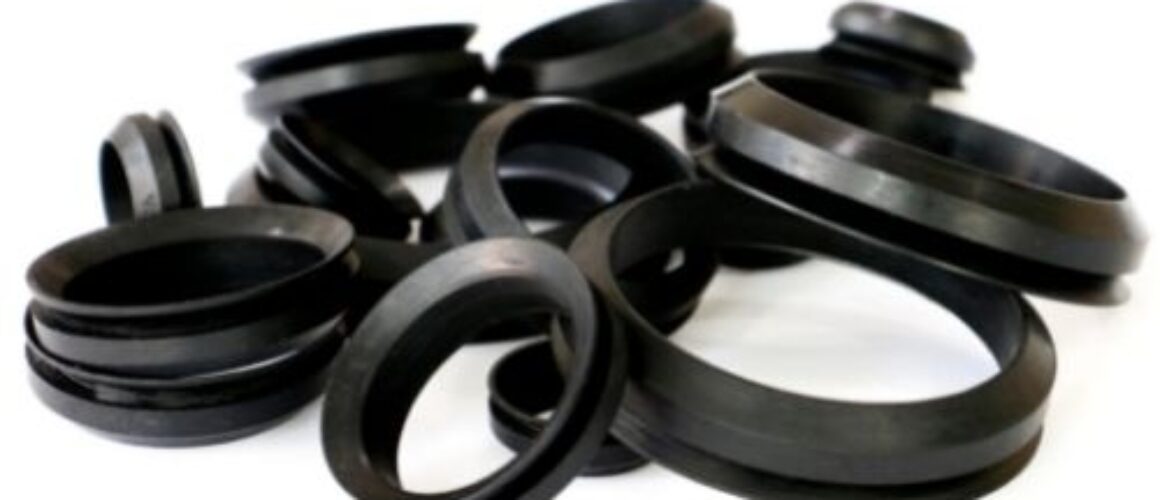How To Choose The Right V-Ring For Your Application?
Just like O-rings, V-rings are flexible sealing devices utilized in a wide range of applications that require effective protection against contaminants such as dust, dirt, water, and other contaminants.
However, choosing the right V-ring for your specific application can be challenging, and getting it wrong can result in decreased performance, increased wear and tear, and product failure.
That’s why it’s crucial to consider the following factors when choosing the right V-ring for your application:
- Shaft Diameter
The shaft diameter is the first factor to consider when selecting a V-ring for your application. It refers to the diameter of the shaft that the V-ring will seal. If the V-ring is too loose or too tight, it can result in product failure. Therefore, it’s essential to measure the shaft diameter accurately using a micrometer or caliper to ensure a perfect fit. - V-Ring Size
V-rings come in different sizes, ranging from small to large, and it’s essential to choose the right size that matches the shaft diameter. A V-ring that’s too small will not fit securely, while a V-ring that’s too large will not create a tight seal, allowing contaminants to enter. You can refer to the manufacturer’s catalogue or online resources to find the right V-ring size for your application. - Shaft Tolerance
The shaft tolerance is the allowable deviation from the nominal shaft diameter. It’s crucial to choose a V-ring that matches the shaft tolerance to ensure proper sealing. - V-Ring Type
There are different types of V-rings available, including standard, tapered, and custom designs. The type of V-ring selected will depend on your specific application. Standard V-rings are suitable for most applications, while tapered V-rings are better suited for shafts with larger diameters. Custom V-rings can be designed to meet specific requirements, such as high temperatures or corrosive environments. - V-Ring Material
V-rings are available in different materials, including Nitrile, Viton, and Silicone. Each material has its own set of properties, such as temperature range, chemical resistance, and hardness. It’s important to choose the material that best suits your application. If you’re unsure which material to choose, consult with a V-ring supplier or manufacturer. - Operating Conditions
The operating conditions of your application will also impact your choice of V-ring. For example, if your equipment operates in high temperatures or harsh environments, you may need a V-ring made from a more durable material that can withstand the conditions. On the other hand, if the application requires low pressure and temperature, a softer V-ring material will be sufficient. It’s essential to choose a V-ring that can withstand the operating conditions to ensure optimal performance and longevity. - Installation
The installation process is another crucial factor to consider when choosing a V-ring. Some V-rings are easier to install than others, and you may need to use specialized tools or techniques to install the V-ring properly. Therefore, it’s crucial to consider the installation process and select a V-ring that’s easy to install and fits securely to ensure proper sealing.
To sum up, selecting the right V-ring is essential for optimal performance and longevity of your equipment. Make an informed decision by considering the factors mentioned above. Remember to consult with a supplier or manufacturer if you’re unsure. By choosing the right V-ring, you can protect your equipment from contaminants and increase its lifespan.


